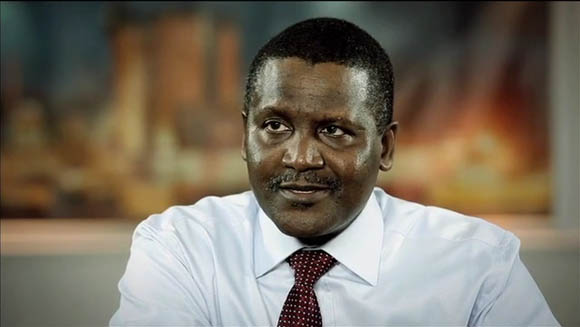After January’s consecutive surprise central banks’ decisions that sent the major currency pairs swinging in their graphs, the month of February has been much calmer by comparison. The EUR experienced the highest volatility in February, though overall it continued to decline against the USD, closing the month at 1.1195, as compared to its opening rate of 1.1313. The strongest currency of the month has without a doubt been the USD, which continued its steady climb against most of its trading partners.
The EU continued to struggle with deflation as it has been hit the hardest by the current instability in the forex market. The major factors affecting the currency in February have been the election of a new Greek government, and the EU’s negotiations with it in the attempt to reaching a new debt deal. During the first weeks of the negotiations between Greece and the EU—from February 2 to February 6—the Euro rose twice on the optimistic sentiment that a new deal would be forged quickly, and reached its monthly high of 1.1476 on February 6. As the negotiating parties failed to reach an agreement, however, the currency fell both times from its temporary peaks. The steepest drop of the month came on February 26, when just two days before the deadline for the new debt agreement, the EU rejected Greece’s new proposal and insisted on imposing its own measures which were finally accepted by the end of the following day.
Chief Market Analyst of FXTM, Jameel Ahmad, comments: The month of February was an unusually cautious one for the EURUSD. However, this was purely due to investors remaining hesitant towards their investments while negotiations between Greece, its bailout and the Eurogroup went down to the final wire. The EU economic outlook remains extremely bleak, with concerning issues such as dangerously low inflation and stagnant economic growth strong on the radar of traders. As soon as the Greece bailout extension got approved at the end of February, traders began to concentrate on the weak EU fundamentals once again and alongside USD strength, this resulted in the EURUSD dropping to a new 12-year low at 1.0556.
The USD continued to rise in February on strong employment data and an overwhelmingly positive sentiment from traders. The testimony that the Federal Reserve Chairwoman Janet Yellen gave to the congress on February 24 confirmed the USD bulls’ hopes for an interest rate increase, but also let it be understood that such an increase is unlikely to take place before the second half of 2015. The greatest fears for the USD currently are that a highly-valued US dollar will hurt the country’s exports, and that cheaper imports from both the EU and China will decrease consumer spending.
Advertisement
Chief Market Analyst of FXTM, Jameel Ahmad, comments: “The complete divergence in both economic sentiment and monetary policy between the United States and everywhere else continued to stretch even further throughout February, to the point it has become eye-catching. The USD run of form is showing no signs of running out of fuel at all, and the momentum will likely continue to rise higher as we approach the timing of a Federal Reserve US interest rate hike. To be honest, any USD softness has become a temporary trend and has provided an opportunity for traders to purchase the USD.”
February has also been good to the British pound which has risen from its monthly low of 1.5028 against the USD on February 2, to 1.5438 by the month’s close, reaching a near two-month high. The major force behind the currency’s upward drive has been the Bank of England’s Governor Mark Carney who stated that the low inflation trend should be seen as temporary, and confidently predicted that the British economy would be hitting its inflation target within two years.
After the sharp rise of the CHF against all currencies in the middle of January, when the Swiss National Bank shocked the financial world by unpegging its currency from the Euro, the Swiss franc showed a steady correction throughout February. The currency’s rate of exchange against all of its major counterparts, however, remained higher throughout February than it had been through the last quarter of 2014.
Advertisement
The USDJPY also corrected the minor drop it experienced in January as investors turned to the Japanese yen to search for stability amidst the volatile EUR and the CHF. The pair rose from 117.1380 on February 1 to 119.6150 on February 28.
The Canadian dollar managed to climb against the US dollar. With oil prices rebounding somewhat in February, Canada’s oil-based economy also took a more positive turn. The USDCAD pair fell from 1.2685 at the beginning of the month to 1.2511 at its close.
For more analysis from Jameel Ahmad please visit: Forex Circles
Advertisement
Add a comment






